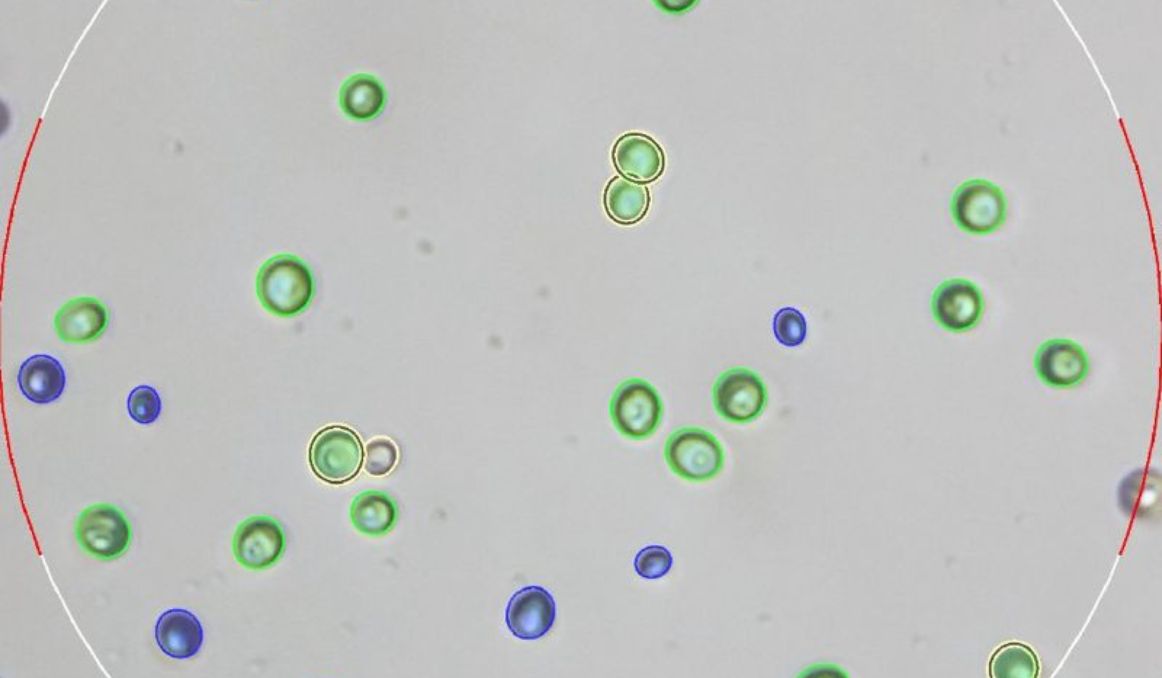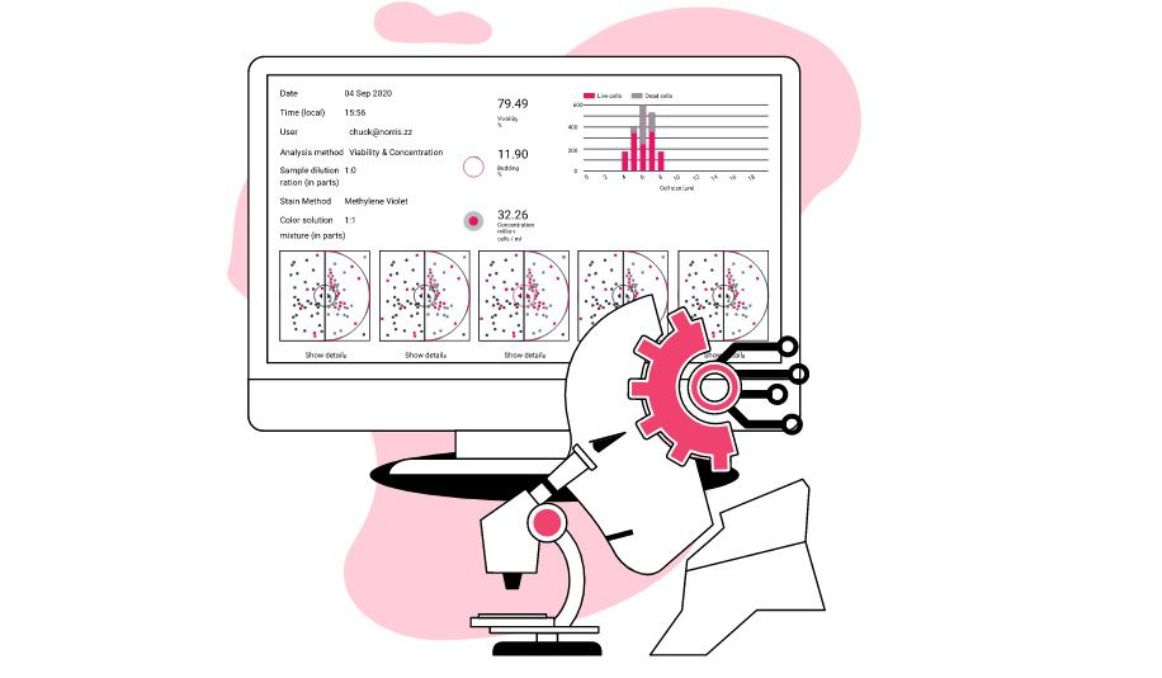How to Know if Your Yeast is Alive
There are several methods one can use to determine whether yeast is still alive, from the simplest sugar testing that only gives you a hint of what’s happening with your yeast to the most thorough and accurate microscopic analysis that tells you exactly the percentage of alive cells.
But first, why would you, as a brewer or vintner, want to know if your yeast is alive, to begin with? Why does it matter?
Let’s explore!
The importance of yeast viability

Yeast viability stands for the proportion (usually expressed as a percentage) of live cells in a yeast population.
As only live cells can metabolize sugar and ferment the wort (or the must), it makes sense that brewers and vintners would want to know whether their yeast is alive and ready to do its job. Otherwise, you have just a bag (or flask) of useless dead yeast.
Ideally, your yeast’s viability should be at least 95%, although some brewers and vintners feel comfortable brewing with lower viability yeast.
Nevertheless, for an efficient fermentation, you need a viability of at least 85%.
Now, in correlation with yeast cell concentration, yeast viability gives you the full picture of the state your yeast is in and, consequently, helps you determine exactly how much yeast you should pitch in your wort or must. For both brewers and vintners, this means that overpitching and underpitching, each with their own disadvantages and dangers, can easily be avoided, leading to a consistent product and cost savings.
And speaking of cost savings, testing your yeast viability is an absolute must if you want to harvest your yeast and repitch it, a process that can save you thousands and up to hundreds of thousands of dollars, depending on the size of your business.
You can read more about the importance of knowing your yeast viability here.
And you can download our detailed yeast repitching manual (25 pages) here.
Now let’s move on to the topic of this article…
How to know if your yeast is alive
The simplest test you can do implies simply feeding your yeast some sugar. Put some of your yeast in a cup, add some sugar to it (and some warm water, if you’re testing dried yeast), and wait. If your yeast is alive, shortly (usually within half an hour) the water should start bubbling. If it doesn’t, then your yeast is dead.
This, of course, doesn’t tell you anything about the percentage of yeast that’s alive. You could be dealing with, for example, a 50% viability yeast and still notice some activity. There is simply no way of telling.
The only way to know exactly how much of your yeast is alive is to look at it under a microscope.
But, because alive and dead yeast cells look exactly the same under a microscope, to be able to tell the difference between them you’ll first have to stain the yeast. Alive cells will process the stain and remain clear, while dead cells will remain colored. We’ve detailed in this article how to stain the yeast and also what dye to use, with a focus on the differences between methylene blue and methylene violet.

So, once you’ve stained the yeast, you can put it under the microscope (you’ll need a microscope with at least 400x magnification) and do the counting in order to establish the percentage of viable yeast.
For the actual counting you have two options: either opt for manual counting or automated counting.
For the first option you’ll need, besides your microscope, counting chambers, and Pasteur pipettes, while for the second option what you need really depends on your chosen setup.
Check out this article for more on the differences between manual and automated cell counting: Hemocytometer vs Automated Cell Counter: The Pros and Cons
Suffice to say now that, while a hemocytometer might be a good choice in a research lab setting, in a brewery or winery there is simply no comparison between the two methods, with automated yeast counting being the option of choice for most brewers and vintners.
So there you go. If you want to know if your yeast is alive all you need is some sugar. If you want to know your yeast viability, though, so exactly how many cells are alive you’ll need to do a small investment that, any brewer and vintner can guarantee you, will amortize shortly.
Cheers!
Yeast activity monitoring is essential for optimizing the process of yeast harvesting and repitching! If you’re interested in finding out how you can use our technology to control fermentation and monitor your yeast, save work hours and improve the cost-efficiency of your business, drop us a line at [email protected] or check out the product pages (for beer or wine):
- Oculyze BB 2.0 (Better Brewing) Yeast Cell Counter App + Hardware
- Oculyze FW (Fermentation Wine) Yeast Cell Counter App + Hardware
Also, you can now get access to a fully functional demo account to test your yeast via our Web App. Completely free of charge and with no commitment to purchase.
Stay on top on important fermentation insights – subscribe to our monthly newsletter and receive a hand-picked selection of our most relevant articles straight to your inbox.
Never miss a beat and get real time updates with a new article each workday by subscribing our social media channels.
Instagram | Facebook | Twitter | YouTube


